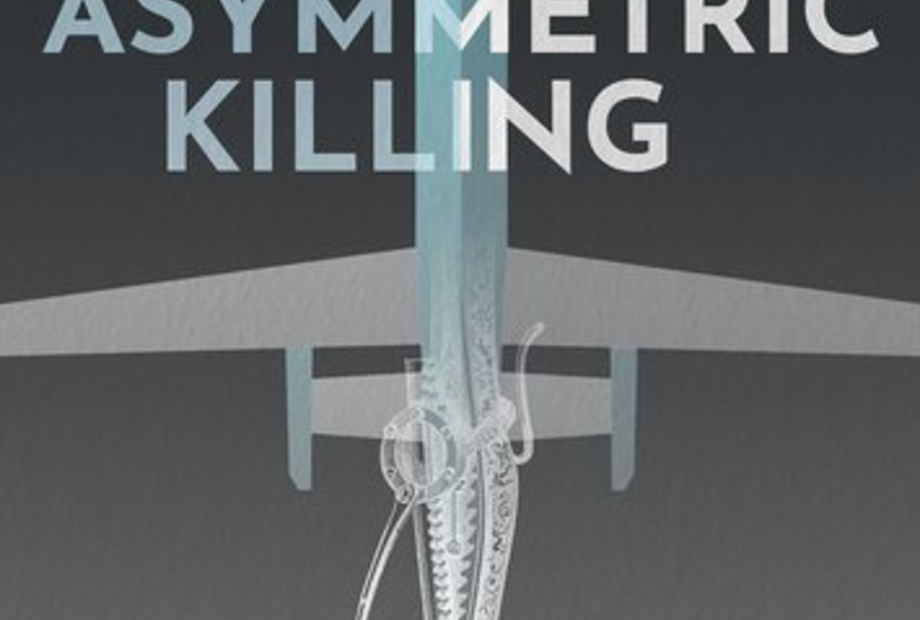"Asymmetric Killing" offers an engaging and historically informed account of the moral challenge of radically asymmetric violence - warfare conducted by one party in the near-complete absence of physical risk, across the full scope of a conflict zone. What role does physical risk and material threat play in the justifications for killing in war? And crucially, is there a point at which battlefield violence becomes so one-directional as to undermine the moral basis for its use?
In order to answer these questions, the book delves into the morally contested terrain of the warrior ethos and Just War Tradition, locating the historical and contemporary role of reciprocal risk within both. It then compares two historical episodes of battlefield asymmetry - military sniping and manned aerial bombing - with the ongoing Unmanned Aerial Vehicle (UAV)-exclusive violence of the United States. As it reveals, this latter case is distinct, challenging the very coherence of the moral justifications for killing in war.




